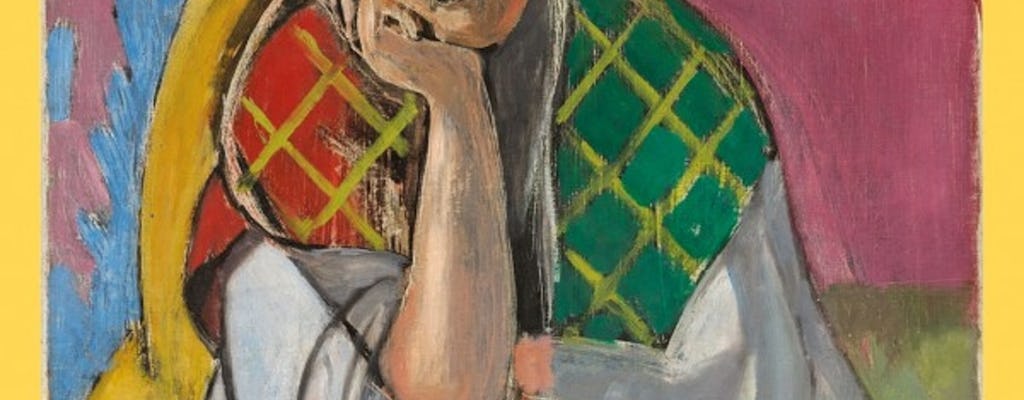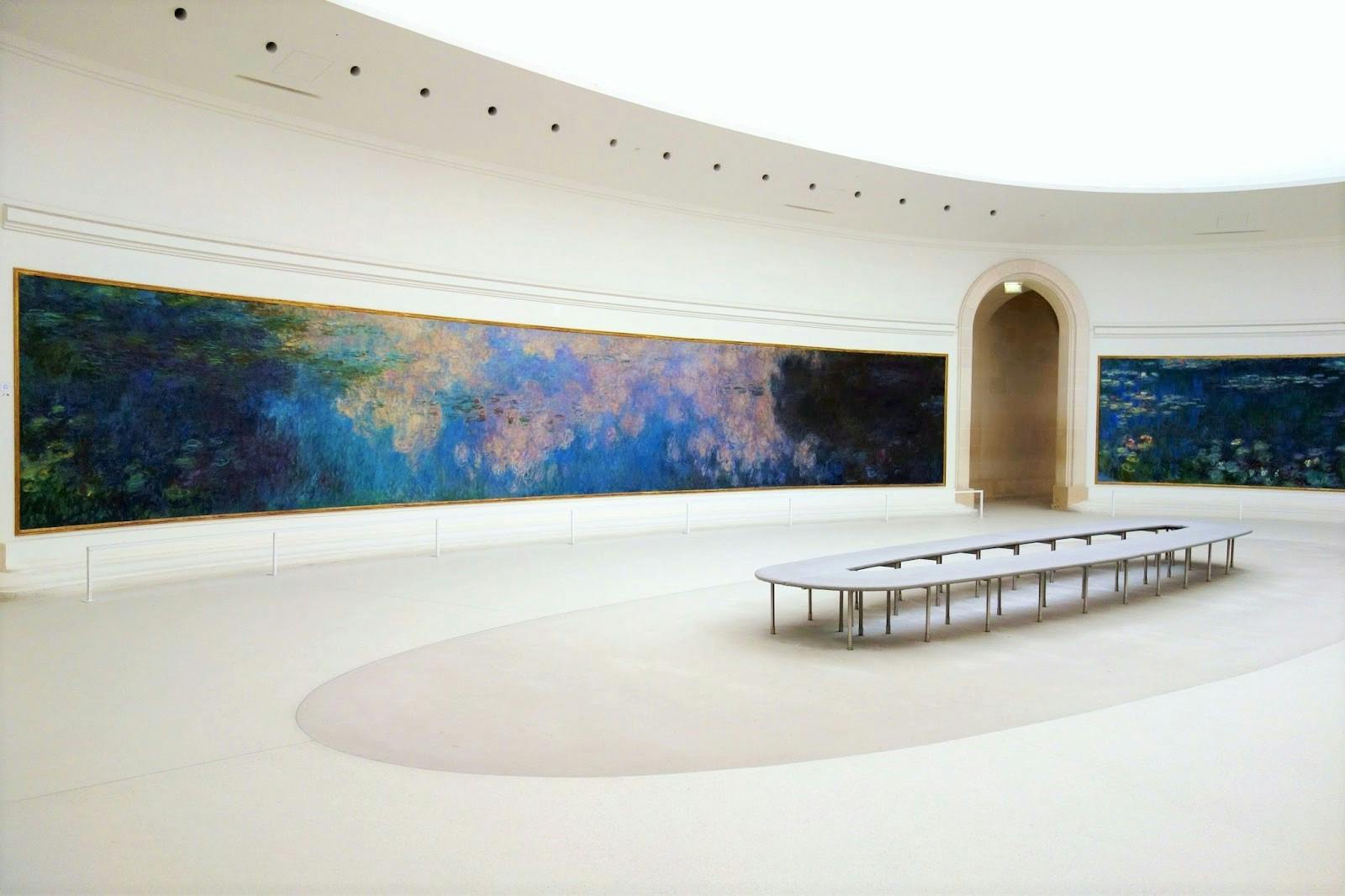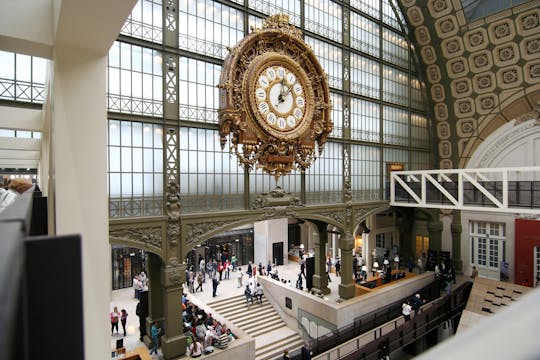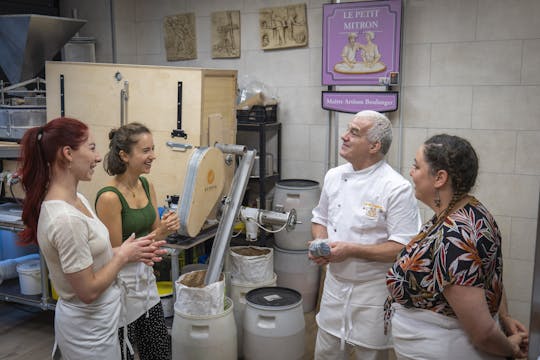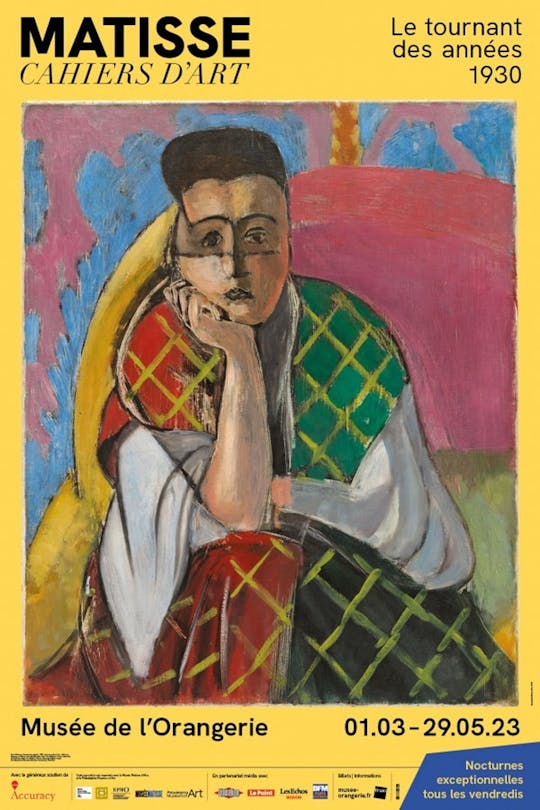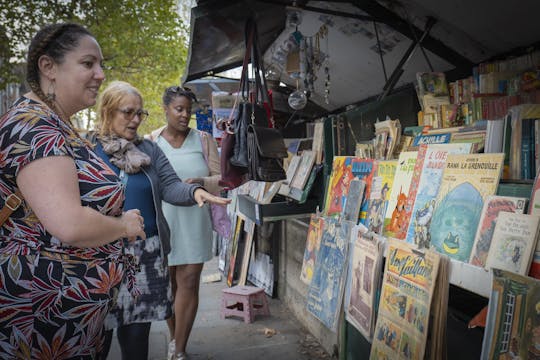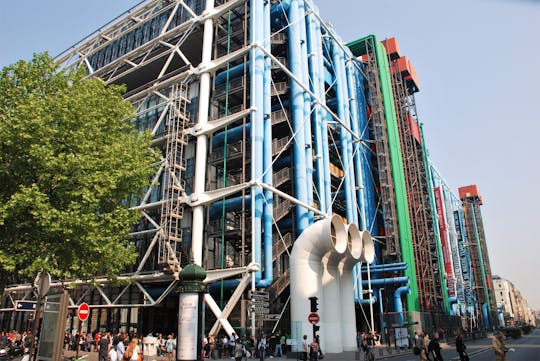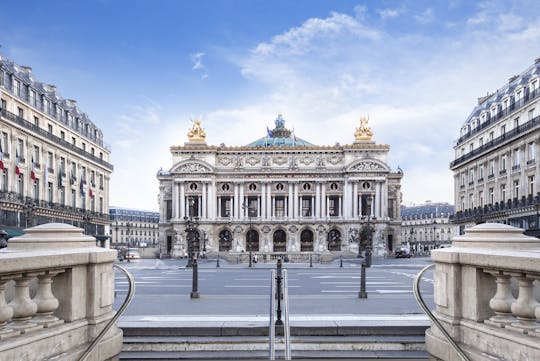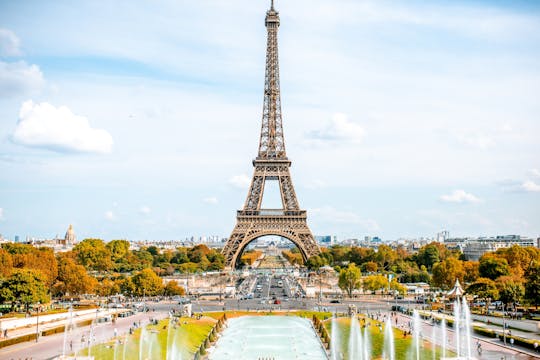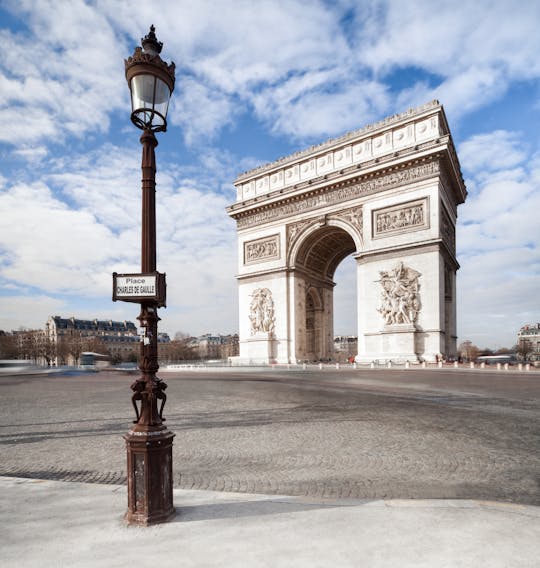The Orangerie Museum is a wonderful place, located in the very heart of Paris in the Tuileries garden.
Entirely renovated, the museum allows you to discover with a natural and original light Monet’s Nymphéas (Water Lilies) and 146 other masterpieces of the Walter-Guillaume collection (Renoir, Cézanne, Modigliani, Matisse, Picasso, Derain, Soutine).
Until January 16th 2023 don't miss the retrospective Sam Szafran exhibition.

